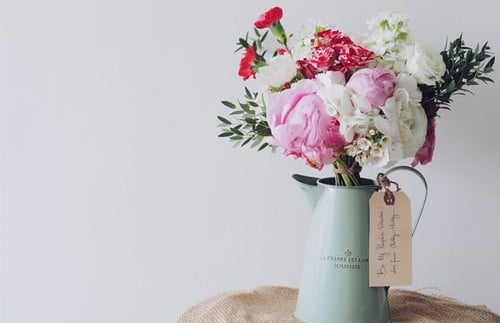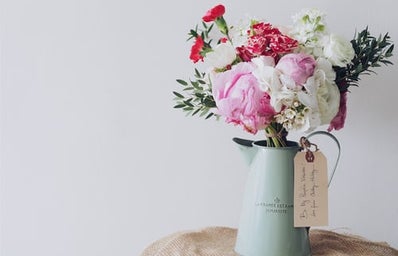A little disclaimer before we begin, I am…. a hypocrite. Throughout this little deep dive and
analysis, I will mainly discuss how social media has impacted how we consume clothing, hobbies, and styles to fit into an “aesthetic.” But I am a culprit of what I preach- I frequently find myself striving to make myself appear as a “mysterious, cool girl” or “dark academia.” I often feel conflicted sometimes, too, somedays I want to fit into the “academia” look, and other days, I want to be seen as more “granola girl” (as the barista at Starbucks called my outfit last week). I fall victim to social media trends and aesthetics, but I do my best to recognize what I’m doing and try not to feed into the overconsumption that is so present in our culture. Now on to the article!
Oscar Wilde once wrote, “Aestheticism is a search after the signs of the beautiful. It is the science of the beautiful through which men seek the correlation of the arts. It is, to speak more exactly, the search after the secret of life.”
While the word “aesthetic” is closely related to fashion, beauty, and style through social media-it wasn’t always that way. Our current definition of western aesthetics originated in Ancient Greece, by philosophers Plato, Aristotle, and Plotinus. Plato and Aristotle believed that beautiful objects had universal elements of form, harmony, and symmetry (Wikipedia).
In the centuries since these philosophers, the concept of aesthetics has evolved but, by definition, has never changed. “A set of principles concerned with the nature and appreciation of beauty, especially in art” (Oxford).
Since the beginning of social media, aesthetics have gained popularity in a new way- through online subgenres dedicated to specific styles. Those acquainted with internet culture may know of the early aesthetics, like “dark academia,” “cottage-core,” and “art hoe.” These aesthetics originated on Tumblr in the early 2010s (Wikipedia).
These aesthetics revolve around the fashion and hobbies dedicated to the theme of said subculture. In “dark academia,” you may dress like you’re in an elite boarding school while reading Crime and Punishment. In “cottage-core,” you may dress like a character for “Anne with an E” while tending a garden. When in “art hoe,” you might wear paint-stained overalls and carry a sketchbook everywhere you go. These aesthetics have slowly begun to go from just an appreciation for beauty, as the ancient philosophers coined it, to defining your entire lifestyle around a set genre.
On the Aesthetics Wiki, “List of Aesthetics,” there are hundreds of different names for aesthetics. “Clean girl,” “Coastal grandmother,” “1950s suburbia”, “American pioneers”… You name it! There are dozens of different variations of the style you’re looking for. In the comments alone, I saw people arguing about whether they were “floral academia,” “naturecore,” or “historic holistic.”
The obsession with curating aesthetics and, subsequently, a new lifestyle is where the overconsumption and unhealthy aspect enters. Social media makes it appear that the only way to align yourself with the “new trendy aesthetic” is to wear clothes and adopt new hobbies. This led to the creation of “micro-trend” cycles.
“Micro-trends” are different from standard trends within fashion, as average trends last for a least a season or a few months, while these “micro-trends” peak within a few weeks of being introduced. And we have two major players to thank for that- short-form video social platforms (e.g. TikTok) and an increase in next-day shipping companies (e.g. Amazon).
With more brands offering faster and faster shipping, consumers are now able to make online purchases from anywhere and have new clothes at a pace never seen before. This concoction creates an environment for fast fashion and overconsumption to thrive. “In 2019, the waste from single-use outfits created approximately ninety-five million kilograms of waste.”
Even in a world where brands try to become more eco-conscious and decrease the amount of fast fashion in the industry, that doesn’t stop the main problem- overconsumption. No matter where you buy your outfits from, the thrift or H&M, what really is sustainable is how much use you get out of it.
As I wrote in the beginning, I don’t want to sound like a hypocrite- because I enjoy finding aesthetics to match my personality- which isn’t something horrible. Society, as a whole, has to learn not to let social media become our entire life. Figuring out your style and hobbies is much more gratifying than just following the latest trend.


